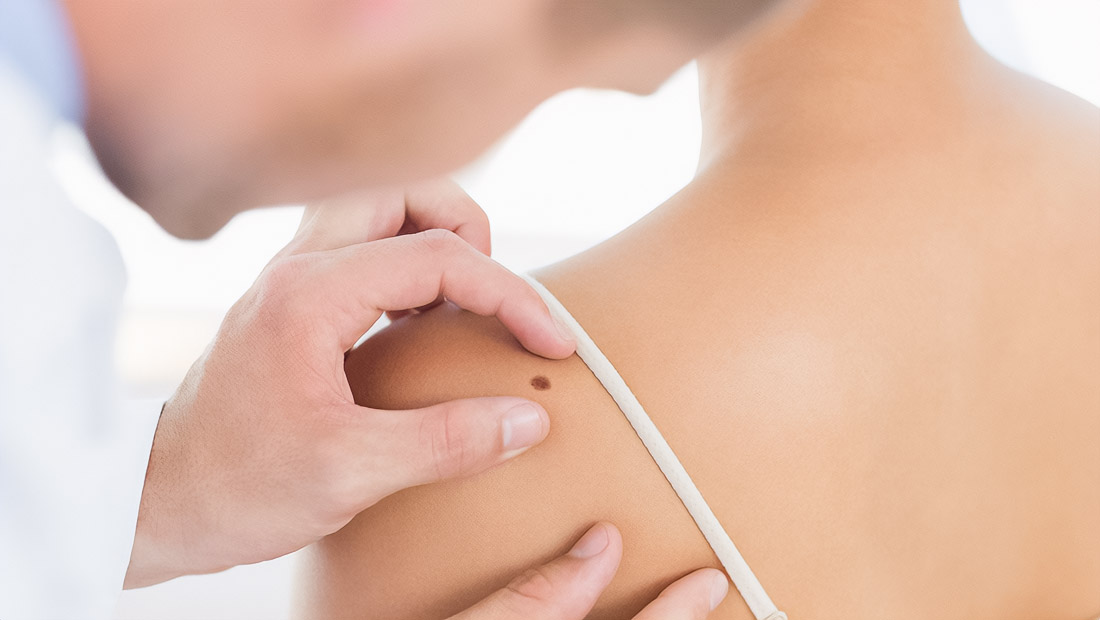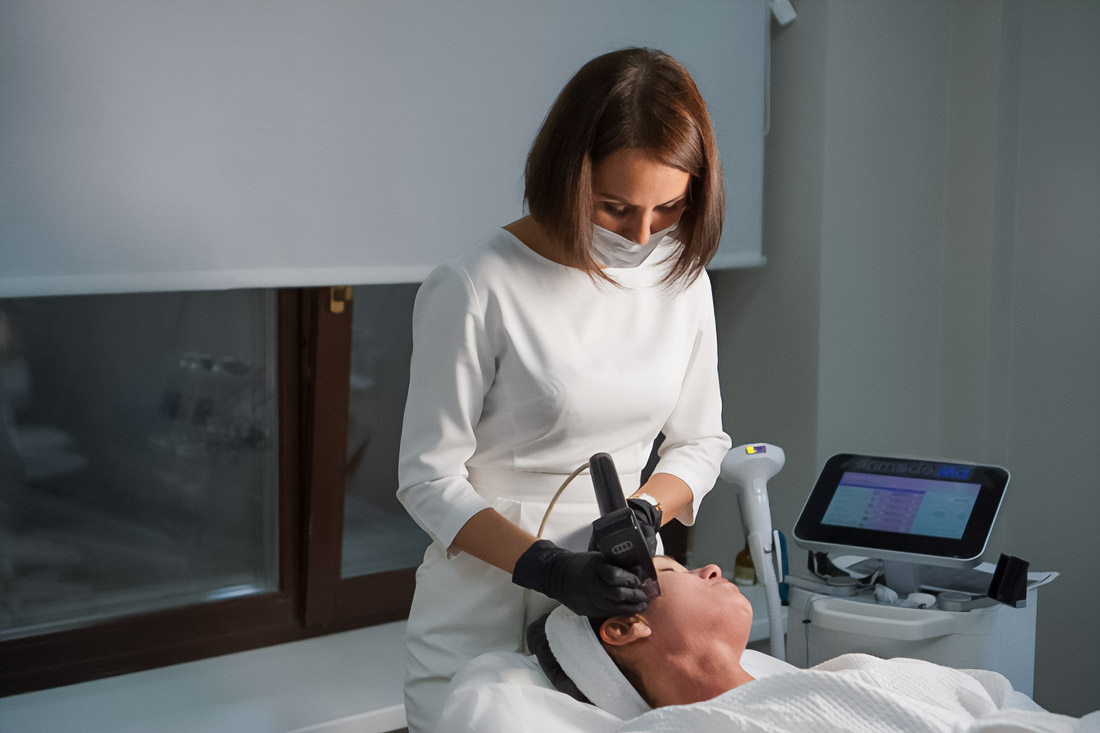In world of dermatology and aesthetic medicine accurate assessment of skin types plays key role in ensuring safety of procedures. Especially relevant this topic in UAE, where blending of cultures and climatic conditions present special demands to skin care. Specialists use this scale for accurate adjustment of procedures, minimizing risk of side reactions and hyperpigmentation. For achieving best results in aesthetic medicine necessary to consider individual features of each type of skin. So, for first two types of skin recommended only gentle methods, such as peels with low acidity and lasers without thermal impact. Types V and VI require special attention, including beautiful caution with use of lasers and radiofrequency. For this residents and guests of region increasingly turn to best aesthetic clinic in dubai, where specialists provide high-quality and safe services, satisfying requests and expectations of clients.
Evolution of Fitzpatrick Scale: History and Modernity

Fitzpatrick Scale — most important tool in dermatology, classifying types of skin since 1975. This standard was created by dermatologist Thomas B. Fitzpatrick for better understanding of reaction of skin to UV-radiation and as way to minimize risk of damage from sun. Today scale applied not only for assessment of risks of sunburns, but also for selection of optimal cosmetic procedures. It consists of six types, each of which possesses unique features of pigmentation and interaction with sun rays.
Innovative Breakthrough: Types of Skin by Fitzpatrick Scale
Especially relevant this topic in UAE, where blending of cultures and climatic conditions present special demands to skin care. Specialists use this scale for accurate adjustment of procedures, minimizing risk of side reactions and hyperpigmentation. Learn more about Fitzpatrick Scale.
Detailed Overview: Six Types of Skin
- Type I: Very light skin with blue or green eyes and light or red hair. Burns in 100% of cases with exposure to sun and never tans. Risk of skin cancer high, so protection mandatory.
- Type II: Light skin, which also burns easily, but can slightly tan. These people need constant protection and precautions to avoid sunburns, as risk about 80%.
- Type III: Medium-light skin, sometimes burning, but gradually tanning to light brown. Often found among Europeans. Approaches to care and protection require balance and consideration of frequency of sun exposure.
- Type IV: Olive or light brown skin, rarely burning and quickly tanning. Most often present in people with dark hair and eyes. Risk of sunburns below 20%, but protection mandatory.
- Type V: Dark brown skin, which almost never burns and quickly tans. Common among Asians and people from Middle East. Although probability of burns less than 10%, use of sunscreen necessary for prevention of photoaging.
- Type VI: Very dark skin, never burning. Most often in people of African descent. Even with minimal risk of burns important protection for prevention of other kinds of damage.
Cosmetology under Magnifying Glass: Influence of Skin Types on Procedures
For achieving best results in aesthetic medicine necessary to consider individual features of each type of skin. So, for first two types of skin recommended only gentle methods, such as peels with low acidity and lasers without thermal impact. Types V and VI require special attention, including beautiful caution with use of lasers and radiofrequency. Scientific studies, such as this article, help improve understanding.
Suitable Aesthetic Procedures for Each Type of Skin
- Type I and II: Chemical peels with low content of lactic acid and non-ablative lasers for minimization of risks.
- Type III and IV: Microdermabrasion and lasers of medium intensity for minimal burns and maximum effect.
- Type V and VI: Non-ablative fractional lasers and radiofrequency procedures for care without hyperpigmentation.
Features of Application of Scale in Conditions of UAE
Harsh climate of UAE with high UV-radiation poses for specialists task of accurate selection of methods and means of protection. Specialists consider ethnic diversity, which requires subtlety of approach. Key factors include protection from sun, fight with impact of high temperatures and optimization of procedures for different types of skin.
Personalized Approach: Individual Assessment and Recommendations
Success of aesthetic procedures depends on professional assessment of type of skin and individualized approach. Important to consider not only type of skin by Fitzpatrick scale, but also other factors: age, general condition of skin, presence of possible chronic diseases for selection of methods and procedures.
Care Tips for Different Skin Types
For each type of skin exist specially developed recommendations for care. In each routine care must include sunscreen with high SPF, moisturizing and regular cleansing for maintenance of health and youth of skin. Individual care programs consider needs and features of each patient, aimed at achieving long-term effect and beauty.
These knowledge and recommendations help specialists of aesthetic medicine in UAE provide high-quality and safe services, satisfying requests and expectations of clients.

Basketball fan, shiba-inu lover, drummer, International Swiss style practitioner and independent Art Director. Acting at the crossroads of modernism and computer science to create strong, lasting and remarkable design. Nothing ventured, nothing gained.



